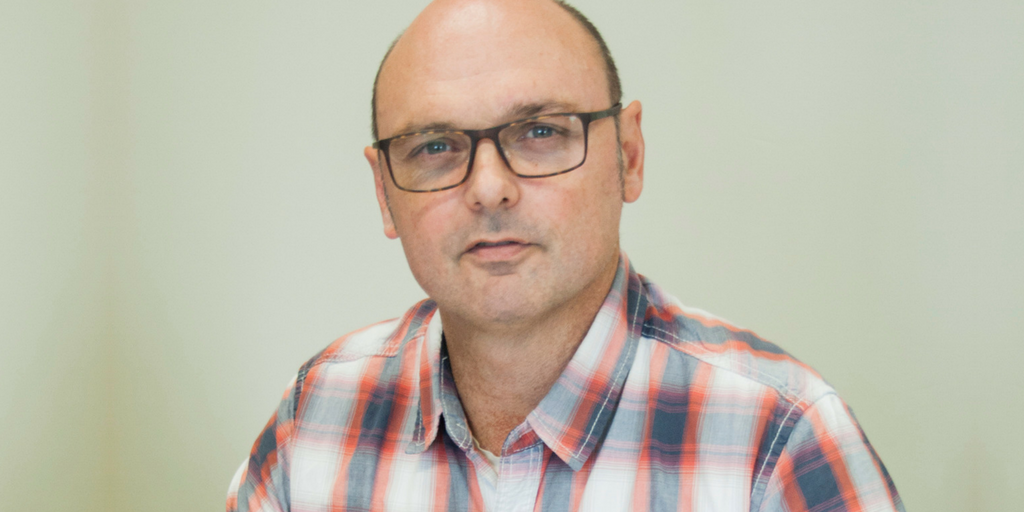An innovative decision-support tool to support soil conservation.
Dr. Hill led development of a framework which uses data from a variety of existing sources – including land use capability models, biodiversity information and sediment and water quality monitoring data – to identify priority areas for soil conservation. The framework can be applied at a variety of scales to compare catchments with each other, examine priorities within a catchment or even focus on a specific stream network.
The system can quickly incorporate new data and can be used for any hydrological network, nationally or internationally, where supporting information is available.
Maps and graphs from the GIS-based system effectively convey findings, even to non-scientific audiences. It is currently being used to support the work of the Waikato River Authority.
Dr. Reece Hill
Waikato Regional Council
2016 Waikato Regional Council Environmental Science Award Finalist
An innovative decision-support tool to support soil conservation.
Dr. Hill led development of a framework which uses data from a variety of existing sources – including land use capability models, biodiversity information and sediment and water quality monitoring data – to identify priority areas for soil conservation. The framework can be applied at a variety of scales to compare catchments with each other, examine priorities within a catchment or even focus on a specific stream network.
The system can quickly incorporate new data and can be used for any hydrological network, nationally or internationally, where supporting information is available.
Maps and graphs from the GIS-based system effectively convey findings, even to non-scientific audiences. It is currently being used to support the work of the Waikato River Authority.





